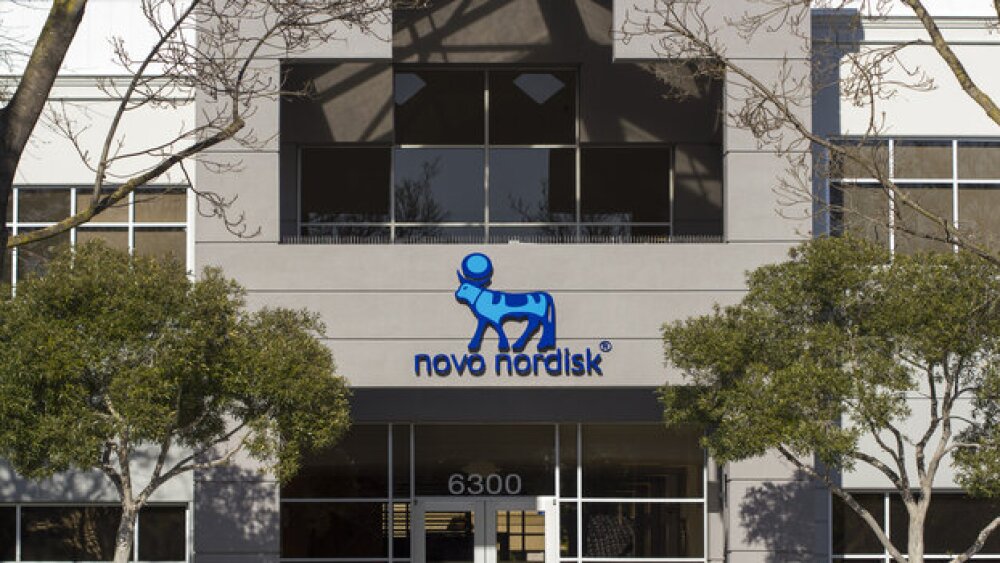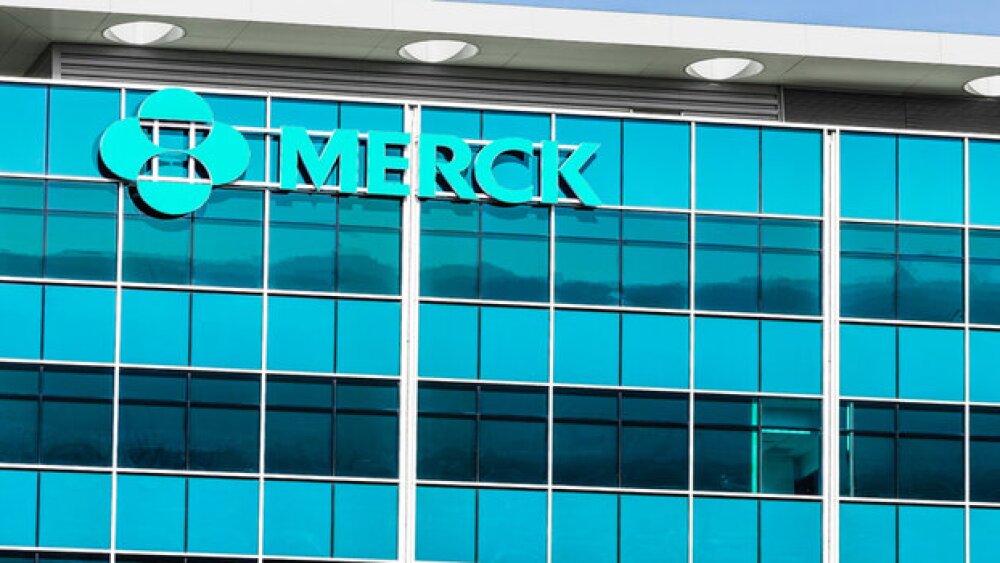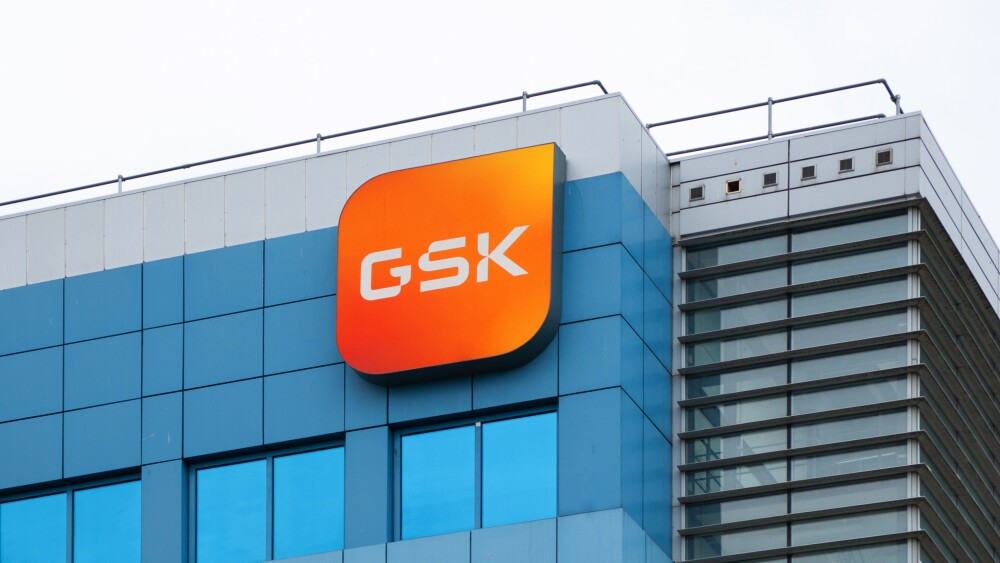Two-thirds of surveyed nephrologists do not expect their dialysis center to make Retacrit available for at least a year.
|
EXTON, Pa., July 31, 2018 /PRNewswire/ -- Plagued by regulatory delays, the FDA finally granted approval for Retacrit in May 2018, making it the first biosimilar erythropoietin-stimulating agent (ESA) to become available in the US market. Vifor Pharma, which also holds exclusive US commercialization rights to Roche's Mircera, a long-acting ESA, will be responsible for Retacrit commercialization in the US dialysis setting. A survey of 202 nephrologists in June 2018 indicates a lukewarm audience with respect to Retacrit. In general, about 45% of nephrologists are accepting that Retacrit will be equivalent to Amgen's Epogen and Janssen's Procrit in terms of efficacy and safety, and about 60% report being comfortable with the risk-benefit profile of biosimilar ESAs in both the dialysis and chronic kidney disease (CKD) setting. However, a growing preference for long-acting ESAs, Amgen's Aranesp and Mircera, may present an uphill battle. Indeed, the most significant shift observed this quarter in the dialysis setting is the expansion of Mircera into small/medium dialysis organizations. Securing preferred status for Retacrit at one of the Large Dialysis Organizations, either DaVita or Fresenius Kidney Care, could catapult the brand, as was observed when Fresenius converted to Mircera in 2015. Only 15% of the surveyed nephrologists indicated they would be displeased if their primary dialysis unit converted, however, they are largely opposed to mandates requiring the switch of patients who are stable on their current ESA. In the CKD non-dialysis (CKD-ND) setting, where ESA treatment rates are significantly lower, the dynamics are slightly different. About half of the office-based nephrologists stock ESAs in their practices, operating a "buy and bill" practice. Although Procrit has a higher share, a greater percentage of nephrologists prefer long-acting Aranesp in the CKD-ND setting, and 21% report that this preference will be a barrier to the use of Retacrit in this setting. Close to 40% of the nephrologists practicing in offices that do stock ESAs state that they will only be inclined to stock Retacrit if use is mandated by insurance companies. The anemia market is much more tumultuous in the CKD-ND setting, where Keryx is actively promoting the new indication for Auryxia to treat iron-deficiency in non-dialysis patients. While iron utilization trends in the dialysis setting are essentially flatlined (Venofer continues to dominate, Triferic continues to languish) in the non-dialysis setting, Keryx is challenging the status quo and appears to be winning. More than half of the nephrologists report use of Auryxia for the IDA indication with robust future projections across all stages of CKD-ND. Two-thirds report that the new indication has led to increased use of the brand overall, and 46% state that they are likely to use Auryxia prior to IV iron. The availability of samples appears to be a key driver of new patient starts, and in a setting where promotion of IV and oral iron products is almost non-existent, Keryx's active presence is strongly correlated to Auryxia uptake. Since the approval of Auryxia, a growing percentage of nephrologists are reporting a decrease in the use of IV iron. Looking to the future, nephrologists largely agree that there is an opportunity to improve renal anemia outcomes in both the dialysis and CKD-ND settings. However, the comparative level of unmet need for new renal anemia therapies pales in comparison to the level of unmet need for agents such as Proteon Therapeutics' vonapanitase for improved vascular access outcomes in dialysis and the need for new treatments for diabetic nephropathy in CKD-ND. Although familiarity has been steadily rising for the HIF-PH inhibitors (AZ/Astellas/Fibrogen's roxadustat, Akebia/Otsuka's vadadustat, and GSK's daprodustat), only 12% selected one of these agents as the most desired pipeline agent. Early expectations suggest that many nephrologists expect the HIFs to have a safety advantage over ESAs, to be priced at a premium to ESAs, and to largely be used in populations not eligible for ESA treatment. A stronger market access position, in terms of formulary status at dialysis units, insurance coverage, and out-of-pocket costs, may be the deciding factor as to which HIF dominates, as presently the agents are viewed as largely interchangeable. The recently announced merger between Keryx and Akebia creates a potential competitive commercial advantage for vadadustat. In leveraging the growing momentum and existing commercial structure for Auryxia, the combined force has the unique opportunity to position iron therapy alongside HIF-PH therapy, and companies with "renal know-how" tend to fare well in this highly promotion-sensitive specialty. RealTime Dynamix™: Renal Anemia (US) is an independent report series published on a quarterly basis. The series provides a close-quarters analysis of key performance metrics, focusing on brand gains and losses, industry contact rates, familiarity and adoption rates of recently launched products and awareness of products in development. The next quarterly update will be released in September. About Spherix Global Insights All company, brand or product names in this document are trademarks of their respective holders. For more information contact: View original content with multimedia:http://www.prnewswire.com/news-releases/pfizers-retacrit-the-first-erythropoietin-stimulating-agent-to-be-fda-approved-not-likely-to-see-rapid-adoption-in-the-us-dialysis-market-300689257.html SOURCE Spherix Global Insights |




